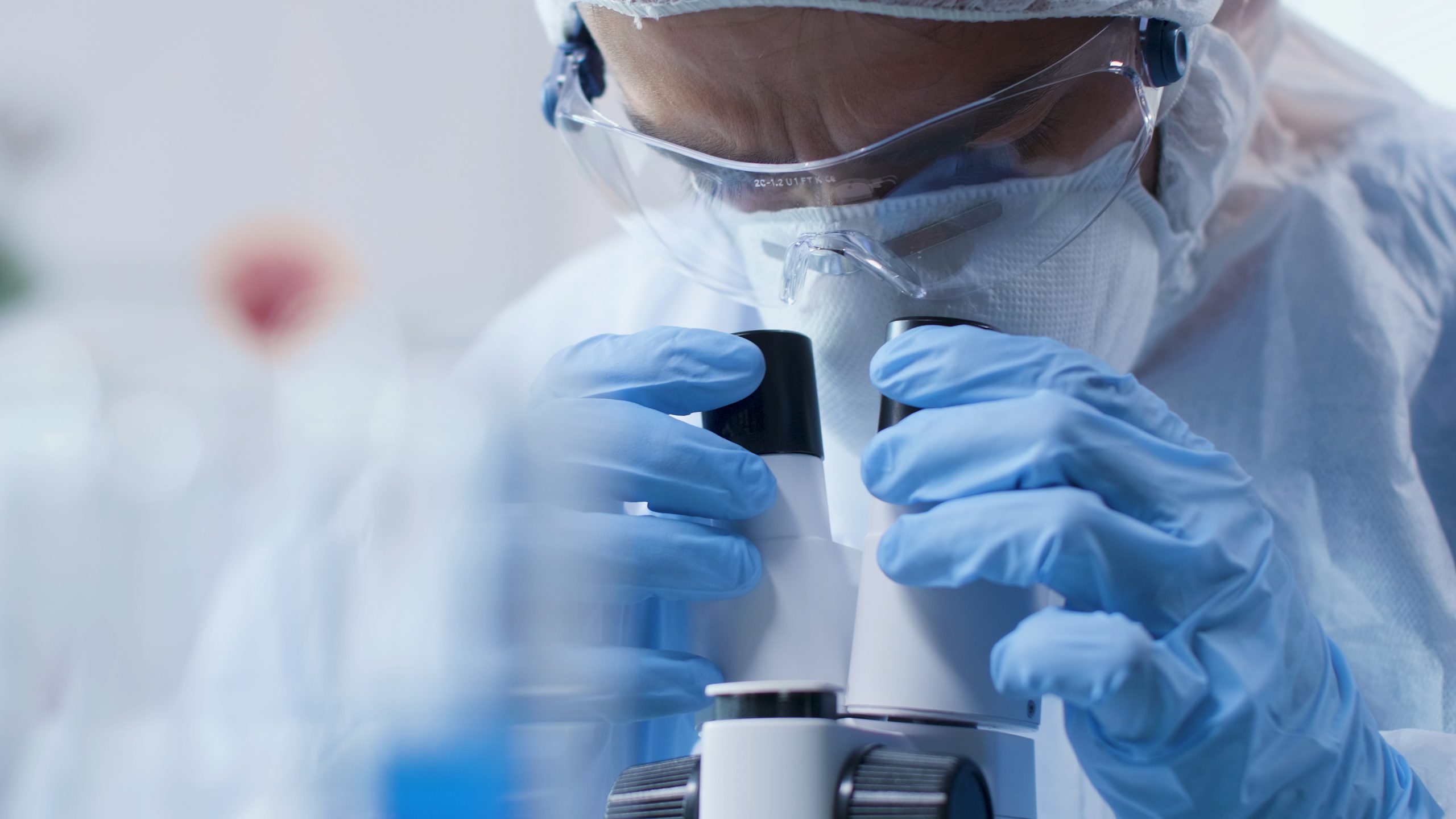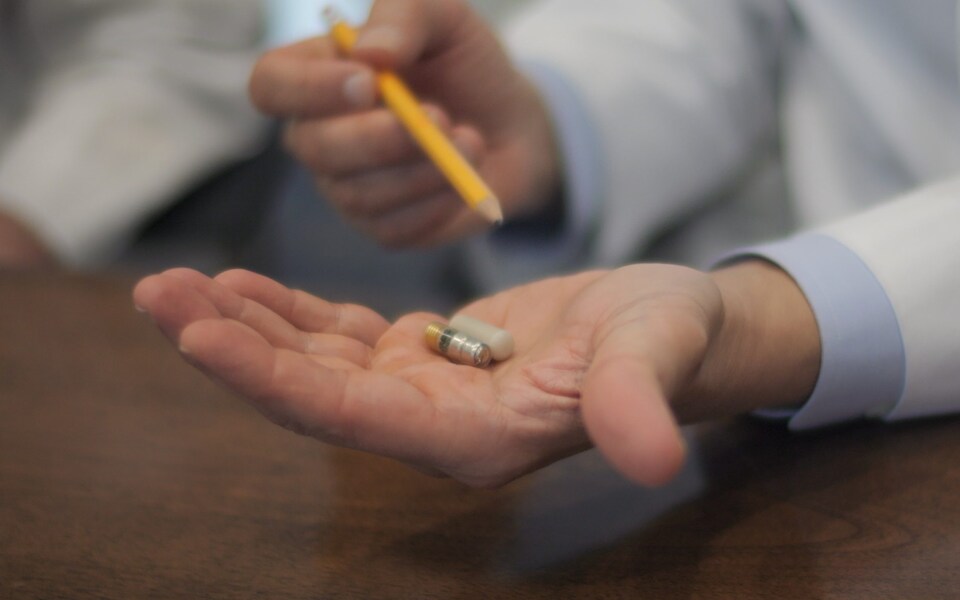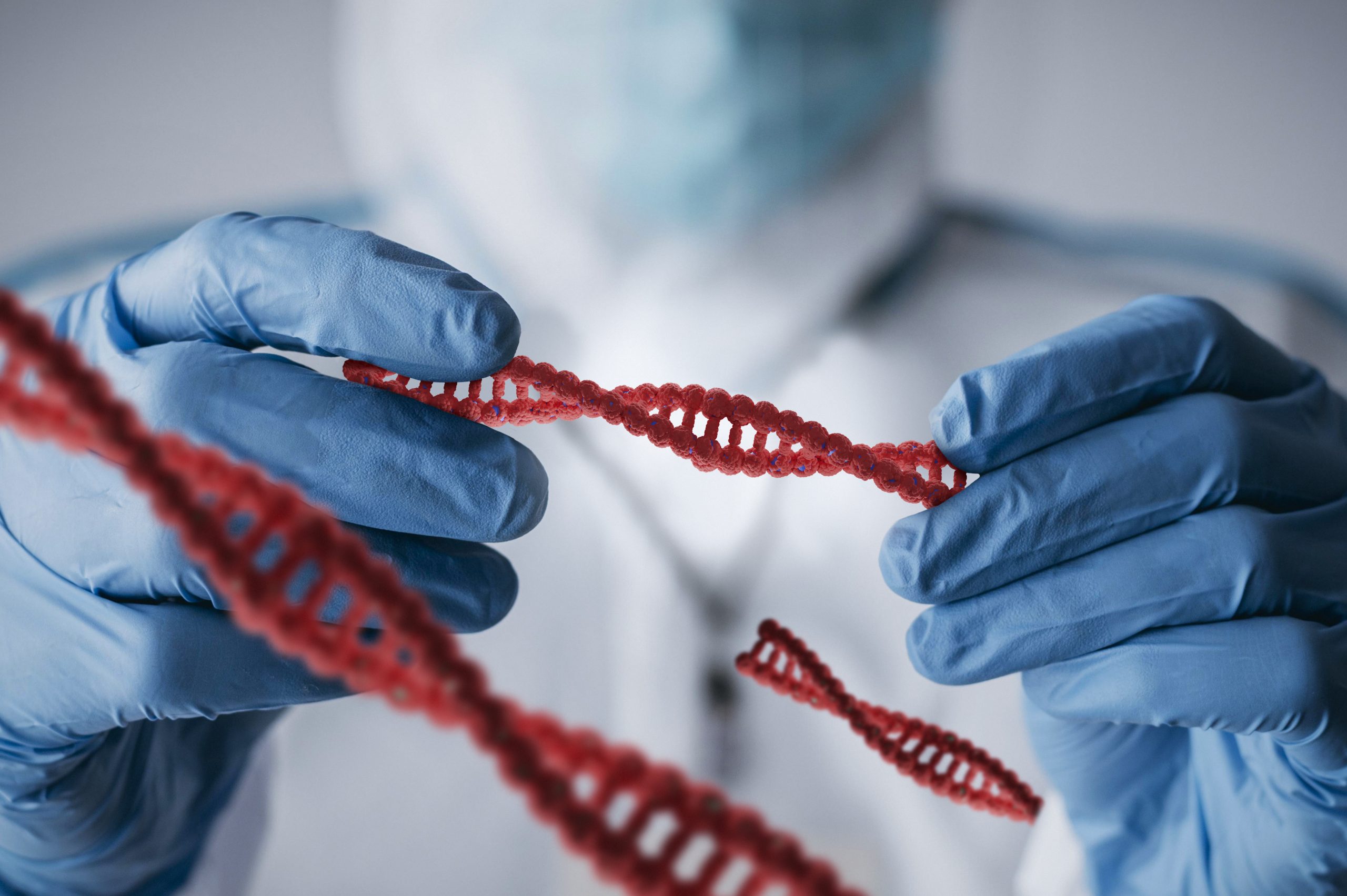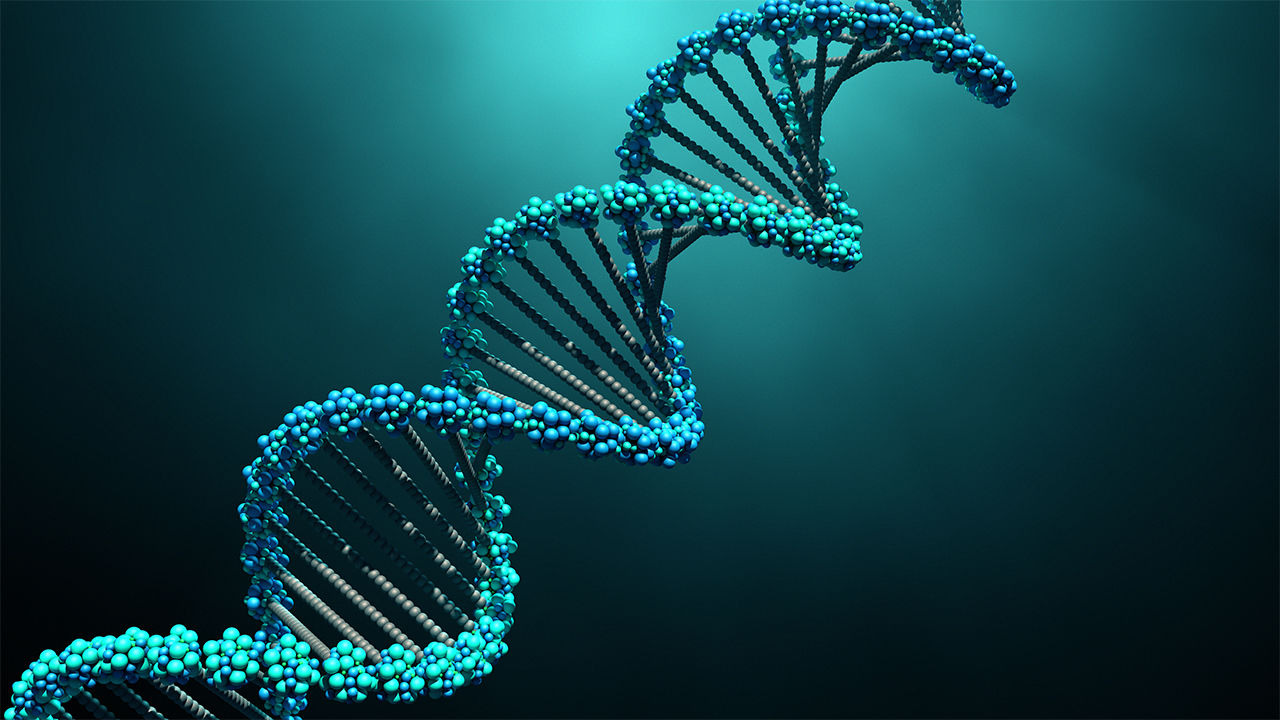
FDA Approves First and Only Twice-Yearly HIV Prevention Shot
The U.S. Food and Drug Administration (FDA) has approved the first-ever twice-yearly injectable medication to prevent HIV. Branded Yeztugo® (lenacapavir) and developed by Gilead Sciences,


The U.S. Food and Drug Administration (FDA) has approved the first-ever twice-yearly injectable medication to prevent HIV. Branded Yeztugo® (lenacapavir) and developed by Gilead Sciences,

Prioritizing your wellness has never been more essential. If you’re feeling overwhelmed by endless health advice online, take a breath, you’ve just found your clarity

Have you ever returned from a hike, spotted a tiny tick on your skin, and thought, “Should I be worried?” You’re not alone. In a

Table of Contents Illegal small-scale gold mining, commonly known as “galamsey,” has become a severe public health and environmental crisis in regions like Ghana

Table of Contents Victor Ambros and Gary Ruvkun were named the recipients of the Nobel Prize 2024 in Physiology or Medicine for their extensive

By Princesster Aflakpui Table of Contents Elon Musk’s brain-chip company Neuralink has been given a “Breakthrough Device” status by the U.S. Food and Drug

The patient who first received Elon Musk’s Neuralink brain chip has fully recovered and can now move a computer mouse simply by thinkingwithout any physical

Multi-omic microsampling analyzes biomarkers in tiny blood samples, enabling personalized tracking of health changes linked to lifestyle factors.

A revolutionary ingestible pill can remotely monitor vital signs like heart rate in real time. Human trials are planned for this futuristic capsule.

The FDA approved the first two gene therapies, Casgevy and Lyfgenia, to treat sickle cell disease. These one-time treatments come with a hefty price tag.

A girl who has lived 8 years of her life with a very uncommon genetic
Be the first to be notified by dropping your name and your active email address.